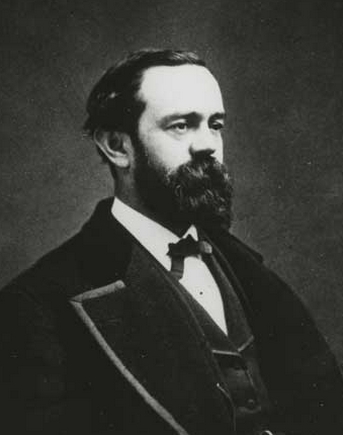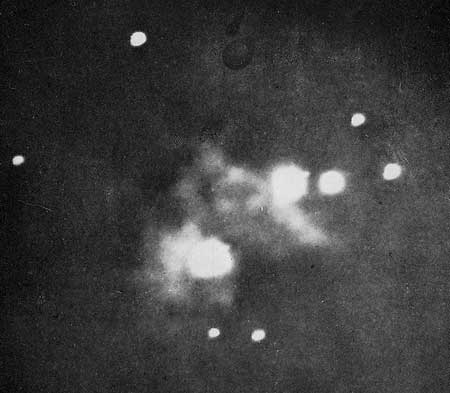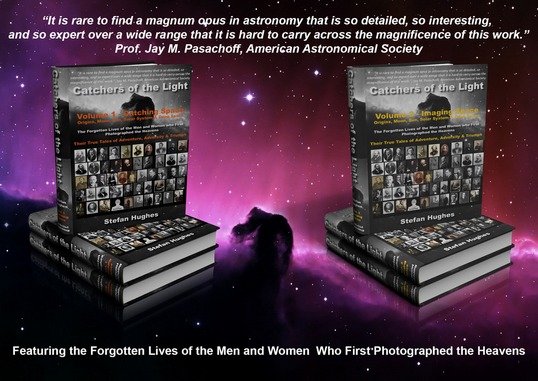'The Nebula Man'

Born: 7th March 1837, Prince Edward County, Virginia, USA.
Died: 20th November 1882; New York, USA
On the 30th of September 1880, the New York Doctor, Henry Draper used a Gelatino-Bromide Dry Photographic Plate and his 11-inch Alvan Clark Refractor to take his iconic image of the Great Orion Nebula (M42). It is now one of the most famous and important photographs of all time. In doing so he became the first person to successfully image a Nebula. At this moment Deep Space Astrophotography was truly born.
Henry Draper was destined from an early age to become a Medical Doctor like his father had before him. However, his father John William Draper had been no ordinary man. In 1840 when Henry was just three years old his father took a photograph which had astounded the world – it was of the Moon and the first ever permanent image of an astronomical body [1].
It was inevitable that one of his children at least should follow their father into the Astrophotography ‘Hall of Fame’. Henry Draper was such a child.
Henry Draper began like every other ‘newbie’ Astrophotographer - by taking images of the Moon. His photographs of the Moon were a little bit different – they were at the time amongst the finest ever taken; and brought him in 1864 to the attention of George Phillips Bond, the then Director of the Harvard Observatory and America’s leading authority on Astrophotography.
In a letter dated the 15th of November 1864, G. P. Bond gave the young Henry Draper great encouragement to continue with his promising efforts:
"Through the kindness of Mr. Folsom, I have received, in perfect condition, the magnificent photograph of the moon, with the accompanying memoir, which you have presented to the observatory. Please accept my best thanks for this fine specimen of your successful labors in celestial photography. You seem to have surrounded yourself with advantages quite unrivaled. Chief among them, I should reckon that of joining to your own knowledge of the theory of the chemical process involved, the fruit of your father’s long experience and profound researches…"
Henry Draper did just that - with a photograph, that like his father’s forty years earlier was of such importance that it astounded the world; and which subsequently became one of the most famous photographs ever taken.
In the early morning of the 30th September 1880, the New York Doctor, Henry Draper MD from his observatory at Hastings-on-Hudson, New York, took a photograph of the ‘Great Orion Nebula’ (M42), an object whose light had taken over 1300 years to reach him [3]. The light which formed the image on Draper’s photographic plate had started its journey, when the Prophet Mohammed was spreading the word of Islam and Ancient Rome was no longer ruled by Emperors, but by Barbarian tribes. It was an event that marked one of the greatest milestones in the history of Astrophotography.
Let us now tell the story of Henry Draper: Doctor, Civil War Surgeon, Astronomer and Photographer – one of the truly great pioneers of Astrophotography. We begin our narrative not in New York or the township of Hastings-on-Hudson, but in Prince Edward County, Virginia, where Henry Draper was born.
To read more on his life and work read the eBook chapter on Henry Draper: or buy the Book 'Catchers of the Light'.

'Great Orion Nebula' (M42), Henry Draper, 11.25-inch refractor, 30th of September 1880
